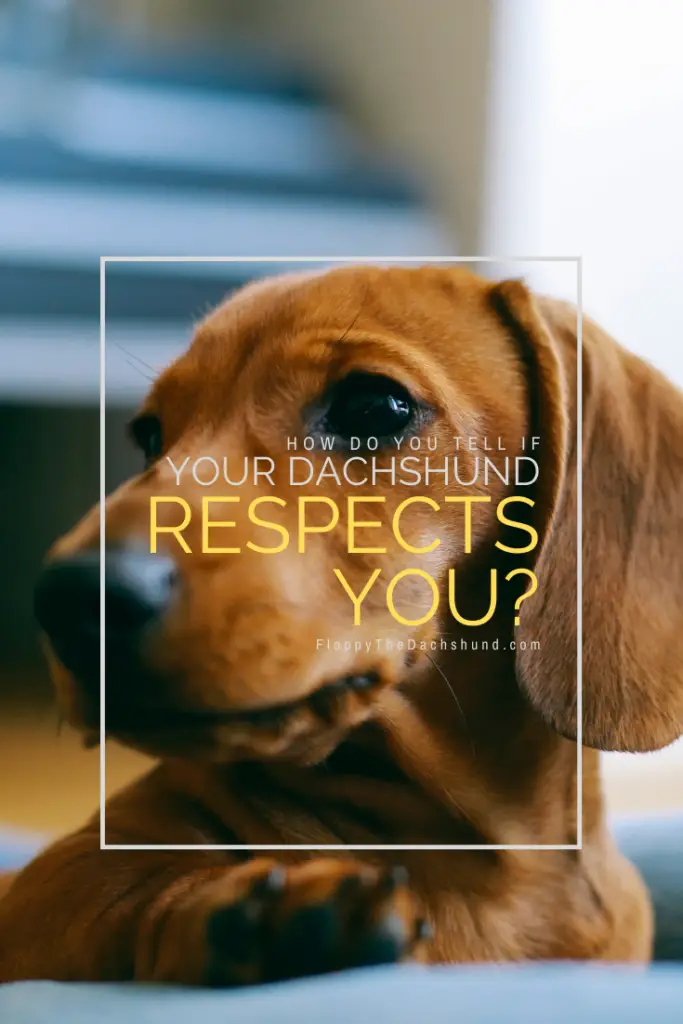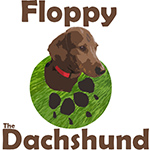Wonder what your dog thinks of you? Do they respect you as a leader? Well, this article will help you find out if your dog respects you or not. Here, I discuss dog behavior in detail. Every healthy relationship depends on respect. This rule also applies to humans and dogs. Respecting your dog starts with establishing an authority figure. Read on and learn to have a long, healthy relationship with your dog.
Too many dog owners let problems with their dog take over their life and it is totally unnecessary. For example, some dogs may become aggressive when you open the front door or when they play with toys. Aggression can ruin the experience of owning a dog, but if you understand how a dog thinks, you can, in most cases, modify your dog’s behavior.

In general, people want to own dogs because a dog will give you “unconditional love.” No matter what, a dog will always show his love for you. However, the question then becomes, “Does your dog respect you?” Your dog can show you all the love in the world, but still may not respect you as pack leader. Does he chew your clothes or furniture? Does he get excited and jump on you when you get home? Does he seem to ignore your orders? Even though he loves you, he may not respect you if he is exhibiting some of these behaviors.
Limit Testing
If your dog treats you as an equal, it means that he doesn’t consider you the pack leader. Not many will recognize this; after all, dogs are known as “best friends” for a reason. But most dogs want a leader. If you don’t establish your territory and your rules, your dog will say, “Hey, you are not sure what you want, so I’ll keep testing you until you actually act like a leader.” Sometimes, a dog owner that knows their dog is in the wrong won’t discipline and correct their dog because they are afraid of hurting his feelings.
Vicious Circle
A dog will continue to push the limits and an owner will become more and more frustrated. Instead of establishing rules, boundaries, and restrictions, some owners will scream and get angry. This may stop your dog’s behavior at the time, but won’t teach them not to do it again. Watch out for this vicious cycle. Without leadership, a dog lacks direction, purpose, and the feeling of belonging to the pack. For a dog, this is very frustrating and will cause all kinds of behavioral problems. To earn your dog’s respect, you must be a pack leader.
Start With Trust
Before your dog can respect you and follow your leadership, they must trust you. The best way to gain that trust is to stay calm and determined every time you are with him. Nervousness and anger will never serve you.
For dogs, quiet and determined energy is almost like a magnet. In a dog park, there might be one particular dog that attracts other dogs naturally. He doesn’t strong-arm other dogs because he doesn’t have to; they are connected to each other by instinct.
If you can learn to project calm and determined energy, your dog will follow you without hesitation.

Respect for Happy Authority
In the canine world, a dog that is pleased to see you is a dog that respects you. A happily swaying tail, relaxed ears, and a playful energy are all typical signs that a dog respects you. Respectful dogs also sit happily without hesitation and obey orders to come. Also, when you wipe him or check for fleas or ticks, he is comfortable and obedient.
Take Possession
As always, the mission of a pack leader is to provide protection and instruction. If your dog feels protected, he will trust you. The next step is to create rules, boundaries, and limits. Control where your dog can and can’t go and what time he can and can’t do stuff. If you make your rules and boundaries clear and stick to them, your dog will respect you and see you as pack leader. They will also not love you less. The only reason they don’t love you more is that they already love you as much as they possibly can.
"Please, After You"
A sure sign that your dog respects you is that he will let you reach the door or another room first. A dog that is consistently ahead of you or standing in your way may not respect your authority. A dog will also allow its leader to choose where to sit at all times. For example, if your dog does not give up the sofa when you want to sit, then he may be challenging your authority.
Body Language
Dogs communicate emotions and intentions through posture and body language. A happy, courteous dog’s posture, tail, and facial expression will be relaxed; there won’t be any tension in his muscles. However, a dog that disagrees with you will make himself look smaller to indicate that he is not a threat. If you scold him, he will not turn his head or make eye contact.
We May Be Creating Disrespect
Dogs respect those who respect them. If you are too harsh toward your dog, he will find you rude. For example, if he is lying in your way, don’t step on him without first telling him to move. However, if you give him a treat for no reason, he will think you are there to serve him.
To love, trust, and respect your dog is to be someone trustworthy. It’s fun being someone your dog wants to be with. Gaining your dog’s respect is not usually difficult, but it requires persistence. Dogs are loyal, and in general, understand the concept of authority. As with human relationships, a dog must feel respected in order to practice respect. If you treat your dog with respect and kindness and use positive reinforcement, they will trust you and treat you as a person to follow.
Conclusion
Instead of training or fixing behavioral problems, focus on building wonderful memories with your dog. If your dog loves you and respects you, it will help you overcome self-doubt and frustration, solve behavioral problems, teach your dog good habits, and build the beautiful bonds you dreamed of before bringing your dog home.

